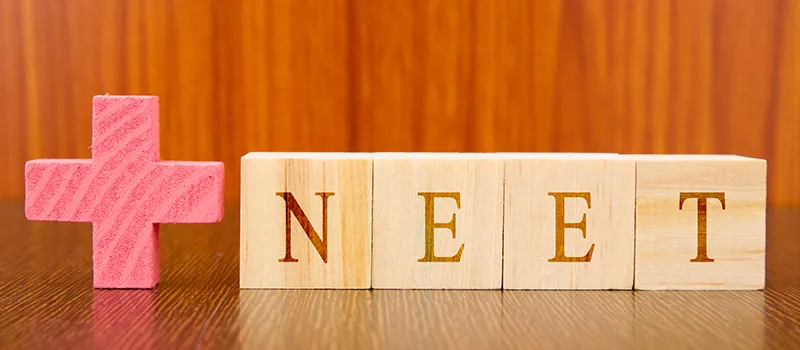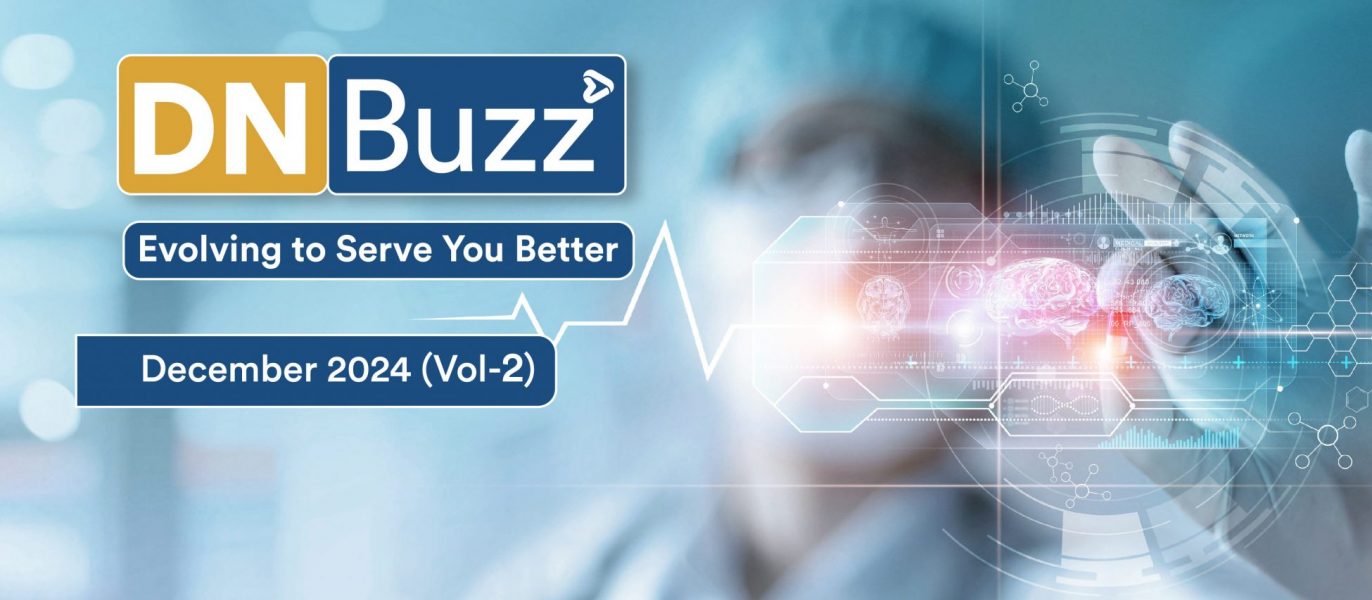
Best Books for Anatomy in MBBS and NEET PG Preparation 2025
Anatomy is a fundamental subject in both MBBS and NEET PG preparation. Whether you’re a first-year MBBS student or a graduate preparing for NEET PG, having the right anatomy books is essential for mastering this subject. Anatomy requires a combination of theoretical understanding and practical application, making it one of the most challenging yet interesting subjects in medical education.
In this blog, we’ll explore the best books for Anatomy, catering to both MBBS students and NEET PG aspirants. These books will help you build a strong foundation in anatomical concepts, from the basics to advanced clinical applications.
Thieme’s Atlas
The Atlas of Anatomy, fourth edition continues to set the standard for anatomical references, offering the most comprehensive and detailed resource for both students and healthcare professionals. Featuring over 2,000 highly detailed illustrations, including more than 120 new images in this edition, it provides as in-depth look at human anatomy.
Key Features:
- Detailed Radiology Sections: Includes over 40 new radiographs, CT scans, and MRIs for enhanced clinical correlation.
- Revised Dissection Approach: The head and neck region are presented with the neck anatomy first; in the sequence most students follow during dissection.
- 30+ new clinical boxes covering function, pathology, diagnostic techniques, anatomical variation and more.
- Expanded coverage of the ANS with clearer explanations and updated wiring schematics.
- Muscle facts spread detailing origin, insertion, innervation, and action of muscles.
- Innovative, user-friendly format with every topic presented across two side by side pages.
- Online images with labels-on and label-off functionality for enhanced review and self-testing.
Self-Assessment and Review of Anatomy
- Focus on Self-Assessment and Review of Anatomy to aid preparation for NEET PG Entrance exams.
- Anatomy is crucial for improving scores across multiple subjects through conceptual and clinical correlates.
- A simplistic approach to mastering basic and conceptual Anatomy with clinical applications.
- Comprehensive content covering various sub-sections of Anatomy, reducing the need for multiple books.
- Written in simple, lucid language with neatly labeled line diagrams, tables, and flowcharts for better memorization and recall.
- Contains 11 chapters covering:
- General Anatomy
- Embryology
- Histology
- Neuroanatomy
- Head & Neck
- Back
- Thorax
- Upper Limb
- Abdomen
- Pelvis
- Lower Limb
- Each chapter includes questions and explanations to help students with self-assessment and deeper understanding.
Netter’s Atlas
Netter’s Atlas of Human Anatomy is a masterpiece that combines art and science enabling learning through vivid detailed visuals. Featuring illustrations by the renowned physician Dr Frank Netter this atlas offers an accurate and visually stunning portrayal of human anatomy. Reversed by students and professionals as an essential resource, it serves as both a comprehensive textbook and a lifelong medical reference.
- Comprehensive System Overview: The 7th edition of Netter’s Atlas offers detailed elegantly illustrated images of each anatomical structure with labels that meet international standards and commonly used clinical terms to enhance learning and recognition.
- Clinical References and Case Studies: Includes a summary of key organ system muscles and case studies with X-rays, MRIs, and CT scans. Each section features a clinical reference table listing commonly injured anatomical structures to aid recognition during rotations.
- Interactive Learning Features: New edition includes a free interactive eBook with 3D models, videos, enhances images, and a Test-yourself feature offering over 300 questions for self-assessment on structure, regions and systems of the human body.
BD Chaurasia Human Anatomy
The 10th Edition of BD Chaurasia Human Anatomy is widely recognized as a standard textbook due to its clear language comprehensive coverage, and well-drawn line diagrams. It remains one of the most preferred anatomy books in India and internationally. This edition has been extensively revised and updated to enhance its student friendly.
Aligned with the latest NMC guidelines for the CBME curriculum, the key features of this edition are designed to address common student challenges while improving both academic and clinical understanding:
- Clear, concise test for easier comprehension.
- 3D color illustrations to help students better visualize anatomical structures.
- Simple line diagrams that are easy to replicate in exams.
- Flowcharts for quick revision and efficient memorization.
- Summary tables to reinforce key concepts for better retention.
- Dedicated boxes on topics such as ossification, dissection tips, and crucial facts to remember.
- QR codes linked to eSmartQuiz, allowing students to take online MCQ tests for self-assessment at the end of each chapter.
Gray’s Anatomy
- Founded in 1858 by Dr Henry Gray and Henry Vandyke Carter, Gray’s Anatomy established a timeless standard in anatomical texts.
- After over 150 years of continuous publication, it remains definitive reference on human anatomy for safe, effective medical practice.
- 41st edition is thoroughly revised incorporating the latest advances in clinical anatomy from global experts.
- Updated visual content:
- Retains the books renowned art program and clear, concise text.
- Integrates state of the art imaging (X-ray, CT, MRI and ultrasound) to reflect major advances in medical imaging techniques.
- eBook version is completely restructured:
- Includes expanded content on body region, cell biology, and embryogenesis.
- Features interactive media for a more engaging and informative learning experience.
Human Embryology IBS
- Completely revised and updated with a fresh outlook and thorough revision of all chapters.
- Essentials of human development are clearly presented for medical students, covering key concepts in a structured manner.
- Each chapter begins with highlighted key concepts followed by detailed description of the normal development of specific systems.
- New chapters include:
- Genetics and molecular biology in embryology
- Skeletal and muscular systems
- Clinical applications of embryology
- Embryology ready reckoner
- Richly illustrated with simplified figures, 3D images and modifications to existing illustrations for better clarity.
- Detailed explanations provided for all images to enhance understanding.
- Table and flowcharts included to simplify complex concepts and aid in quick comprehension.
- Clinical images of fetal anomalies are added to link theory with real-life clinical scenarios.
- Clinical correlations are highlighted in dedicated boxes to reinforce practical applications and clinical relevance.
- Molecular and genetic foundations of system development presented in tabular format.
- Case scenarios with embryological explanations are incorporated throughout to provide practical insights.
- Review questions for self-assessment and reinforcement of learned material.
Keith L. Moore Embryology
The Development Human: Clinically Oriented Embryology, by Dr Keith, offers the most comprehensive and clinically focused coverage of human embryology. It provides detailed week by week and stage by stage insights into fetal development, birth defects, and the roles of the placenta and membrane.
Key Features:
- 17 animations that illustrate normal and abnormal embryological development.
- Hundreds of review questions and answers for self-assessment.
- Comprehensive, richly illustrated, and clinically oriented coverage of human embryology, authored by leading global experts.
- Review questions and answers at the end of each chapter to help reinforce material and prepare for exams effectively.
Frequently Asked Questions:
- How to study anatomy in MBBS 1st year?
Students can get help from techniques like visualizing through YouTube videos, making diagrams, and referring to images to ensure better retention. Visualization helps in the longer retention of topics in anatomy. Also, students must learn diagram skills as it is beneficial in the MBBS Prof 1 exam to get higher scores.
- How to study anatomy for NEET PG?
NEET PG Anatomy – Tips and Tricks
- Keep an atlas for reference.
- Make a note of ‘Things to Remember’ and terms you tend to forget so that you can have a quick look at both during revision time.
- No need to refer too many books.
- Practice at least 100 MCQs daily.
- Give online mock tests.
- Is general anatomy important for NEET PG?
Anatomy is one of the most important subjects for NEET PG preparation, with a considerable weightage of 17 questions in the exam. Studying this first prof subject is no easy feat, not just because it’s extensive, but it also forms the grounds of basics for several other subjects.
- What are the best books for NEET PG entrance exam 2025?
For NEET PG entrance exam best book is Self-assessment and review of Anatomy due to its enhanced key features.
Related post


















































